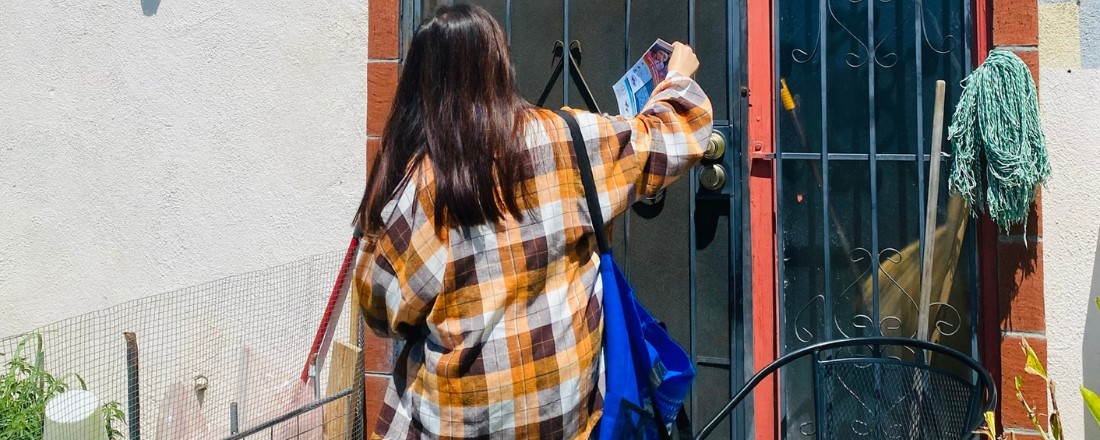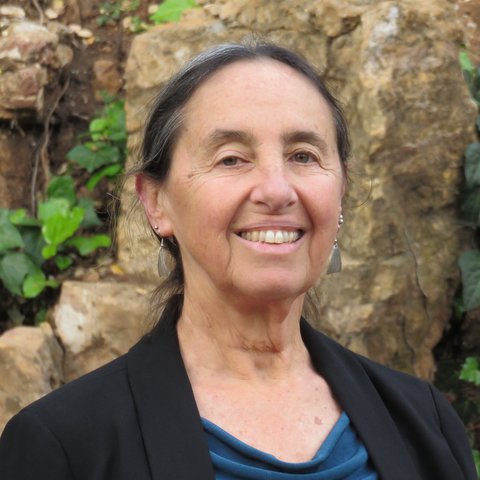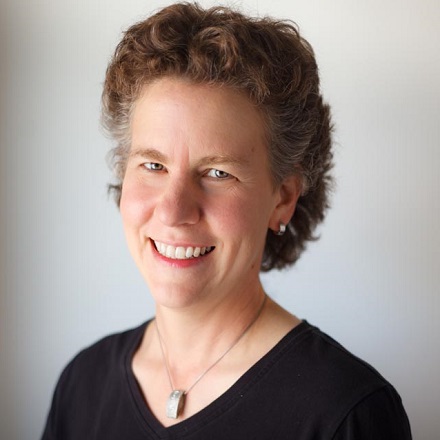“The Bay Area’s weather may have been unseasonably cool and gray for what seems like forever — but that’s set to change this week, as a heat wave hits the region leading into the Fourth of July holiday weekend.
Temperatures in some areas could exceed 100 degrees, and the National Weather Service (NWS) has issued a Heat Advisory for the inland Bay Area in particular, starting Friday and lasting through Sunday.
This level of heat can be particularly dangerous for people who work outdoors, or who don’t have adequate cooling in their homes. For Bay Area residents, many of whom are not adjusted to living with high heat, even temperatures in the high 80s can be potentially hazardous.
Those most vulnerable are older adults, infants and children — who don’t sweat as efficiently as younger adults. Other vulnerable populations include those with underlying conditions, such as heart and lung issues, asthma, obesity and diabetes. (And yes, pets are vulnerable too.) If the nights also remain unusually warm during a heat wave, people don’t cool down as readily during sleep. So heat continues to build up in their bodies day after day as temperatures rise.
What’s the weather forecast for the Bay Area for the July 4 weekend?
The National Weather Service forecast says that the temperatures will start to rise “ever so slightly” on Wednesday, with temperatures in the low- to mid-80s “across the interior.”
From there, temperatures will keep rising through the end of the week, likely to hit — and exceed — 90 degrees in interior areas of the Bay Area, and up to 105 degrees in the Bay Area’s “typical hot spots,” including northernmost inland parts of the North Bay, and the inland East Bay. On the coast, temperatures will stay much cooler, says the NWS: around the the upper 60s to mid-70s with the potential to hit the 80s in warmer spots.
Why everyone is at risk from extreme weather and climate change
Your body isn’t prepared for sudden heat spikes. It’s possible to get used to heat — but not overnight.
“It takes almost two weeks for your body to acclimate to the heat,” said Dr. Naveena Bobba, who directs public health emergency preparedness and response for the San Francisco Department of Public Health.
You don’t need triple-digit temperatures for heat to be a threat in the Bay Area.
Even 85 degrees can be dangerous; in San Francisco, health officials say they start keeping an eye out when temperatures get that high. People who live in cooler climates can get heat-sick at lower temperatures, partly because they can’t adjust quickly. And when nighttime temperatures rise, it deprives people of the ability to cool down overnight — before temperatures heat up their bodies again the next day.
Where you live can make you more vulnerable to extreme heat.
When the Bay Area had a major heat wave in 2017, 79% of people killed by heat began to get sick at home. In Contra Costa and in Santa Clara counties, homes that had their temperature and humidity measured over a period of time became hotter inside than out, and held onto heat longer. At night, houses might be 15-20 degrees warmer inside than it is outside.







